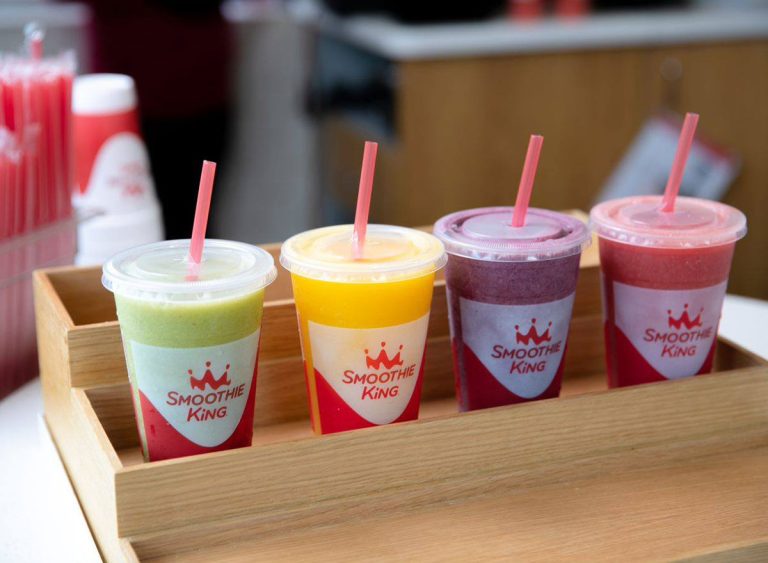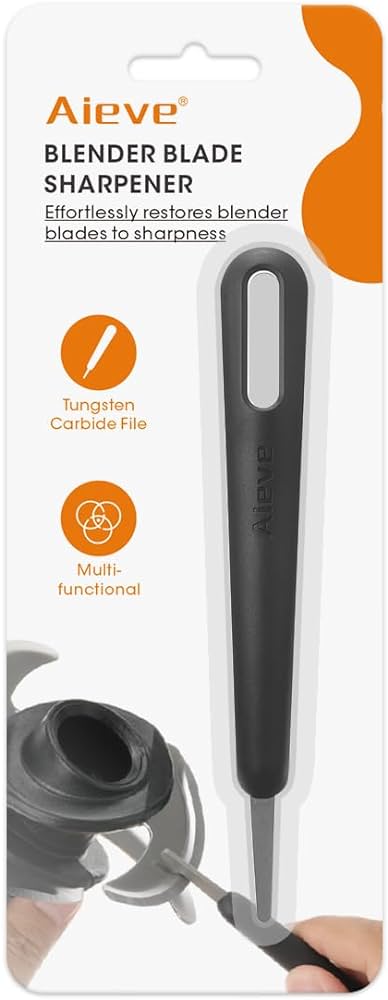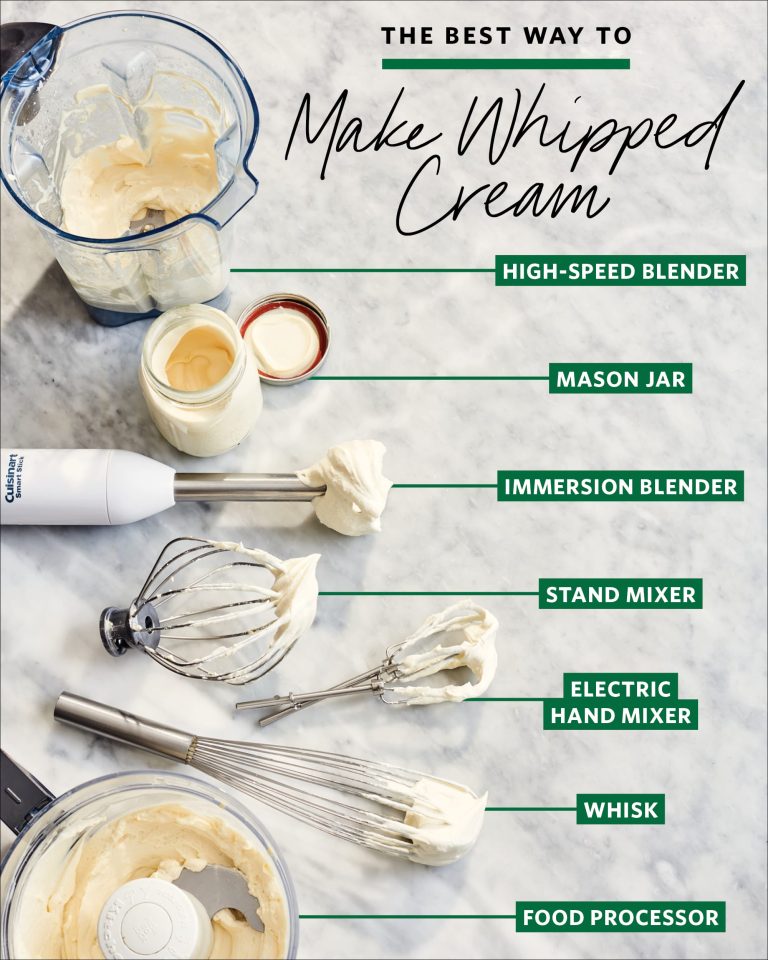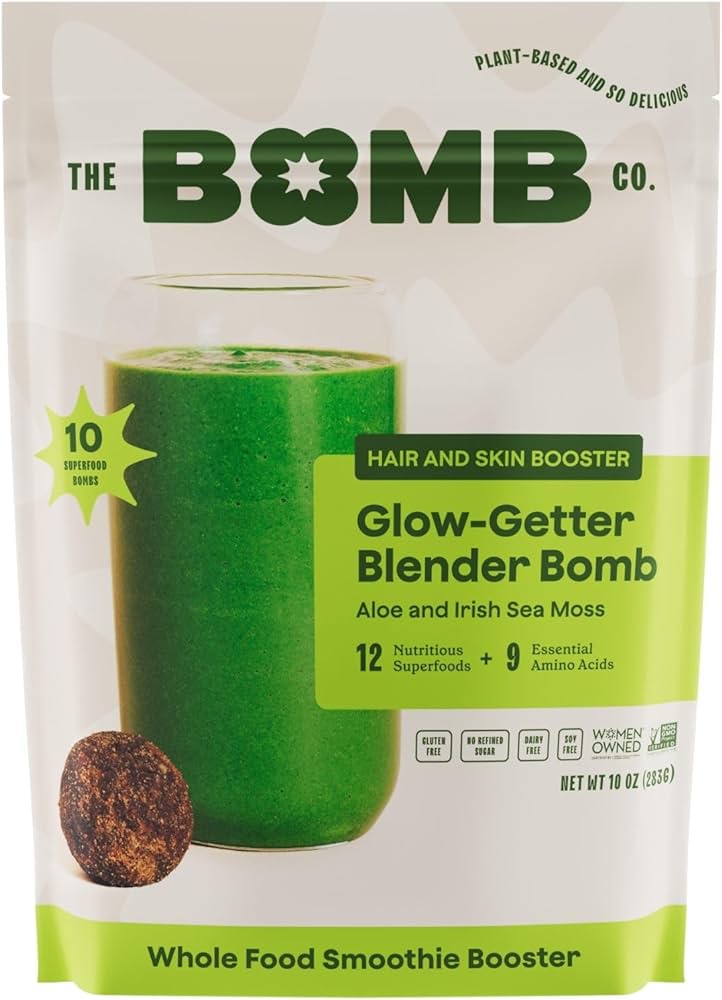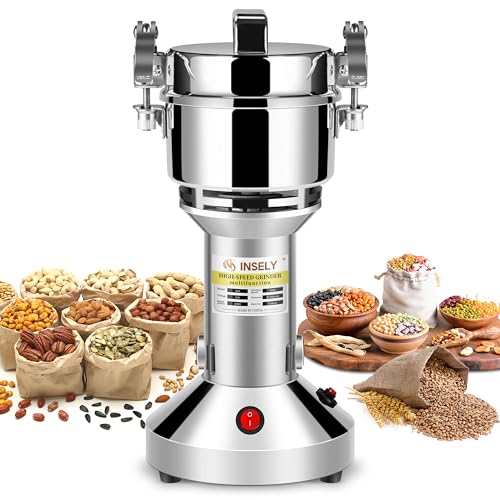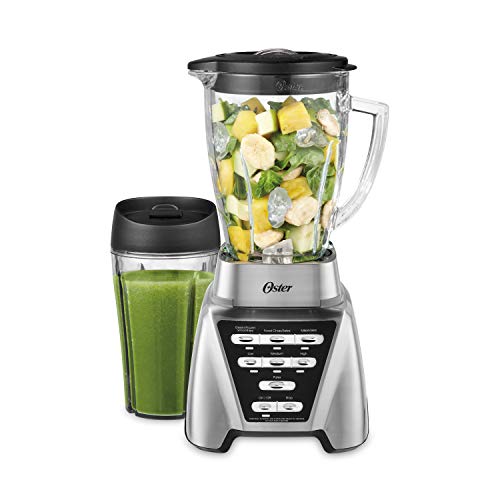Can You Grind Oats In A Blender? Quick & Easy Tips!
Yes, you can grind oats in a blender to create oat flour or to make them easier to cook. Most blenders can handle grinding oats without any issues.
Starting your day with a nutritious meal is essential, and oats often take the spotlight as a hearty breakfast staple. Grinding oats at home is a cost-effective process, and it can also be a healthier option compared to pre-processed flours.
Blenders aren’t just for smoothies or soups; they can be a versatile kitchen tool capable of turning whole oats into a fine powder suitable for baking or adding to shakes. By using your blender for oats, you eliminate the need for additional kitchen gadgets, saving space and simplifying your cooking routine. Ensuring that your morning meal is fresh and filled with whole-food ingredients has never been easier. Keep your blender clean and ready, and transform whole oats into various forms fitting your daily dietary needs.

Credit: www.homemademastery.com
The Possibility Of Oat Grinding
Oat grinding at home is a game-changer for any health enthusiast or home baker. A common kitchen tool turns oats into flour: the blender. This transformation unlocks a world of fresh, nutritious, and homemade oat-based recipes.
Blenders Vs. Food Processors
Choosing the best tool for grinding oats is critical. Both blenders and food processors can do the job, yet each offers unique advantages.
- Blenders
- Food Processors
Blenders work best for producing finer flour; food processors offer more control over texture. High-powered blenders excel in quick, uniform grinding. Food processors might require longer processing times for a similar outcome.
Types Of Oats For Optimal Grinding
Not all oats are created equal when it comes to grinding. For the best results, consider the oat type.
| Type of Oat | Grinding Suitability |
|---|---|
| Steel-Cut Oats | Chunkier, less ideal |
| Old-Fashioned Rolled Oats | Great for a coarser texture |
| Quick Oats | Best for finer flour |
Quick oats grind effortlessly into a fine powder, perfect for baking. Old-fashioned oats create a more rustic flour. Steel-cut oats often result in a coarser product, not always suitable for delicate recipes.

Credit: www.amazon.com
Choosing The Right Blender
Are you planning to turn oats into a fine powder? A good blender can do the job. To grind oats efficiently, the blender must meet certain criteria. First, consider the power and performance. Second, examine the blade types designed for grinding. Let’s dive into the specifics.
Blender Power And Performance
Blender power is key to grinding oats. A motor with at least 600 watts is ideal. It ensures the blender can handle the task without overheating or stalling. Look for these features:
- High-wattage motor for consistent grinding
- Variable speed control to adjust the texture
- Pulse function for bursts of power
Check these specifications before buying. They make grinding oats a breeze.
Blade Types For Efficient Grinding
Different blades deliver different results. A flat blade works well for dry ingredients like oats. Choose blenders with these blade traits:
- Stainless steel material for durability
- Sharp edges for fine powder
- Multi-level design to reach all oats
Find a blender with these blade qualities. It will turn oats into the perfect consistency for your needs.
Pre-grinding Oat Preparation
Before turning oats into a fine powder in your blender, prepare them properly to achieve the best results. Quality oat flour begins with pre-grinding preparation. This not only assures a uniform texture but can also enhance the flavor. Let’s get your oats ready with these key steps!
Toasting Oats: Flavor And Texture
Toasting oats before grinding enhances their natural flavor and adds a delightful aroma. Toasting can change the texture too, making oats finer when ground. Here’s a quick guide:
- Spread your oats on a baking sheet.
- Place them in a preheated oven at 350°F.
- Toast for 10-15 minutes, or until golden.
- Stir the oats halfway to ensure even toasting.
- Let them cool before blending.
Proper Oat Measurement
Measuring oats correctly is crucial for consistent flour. Use a kitchen scale or measuring cups for accuracy. Fill your cups or weigh the oats without packing them down. This table will help you measure right:
| Measurement | Oats Needed |
|---|---|
| 1 Cup Flour | 1 ¼ Cups Rolled Oats |
| 2 Cups Flour | 2 ½ Cups Rolled Oats |
| 3 Cups Flour | 3 ¾ Cups Rolled Oats |
Remember to level off the measuring cup to remove excess oats for a precise amount. Now your oats are all set to be ground into a fine, homemade oat flour in the blender.
Step-by-step Oat Grinding
Are you ready to turn whole oats into fine flour or coarse meal right in your kitchen? Join me on a journey to make oat grinding simple and fun with a blender.
Blender Settings For Perfect Consistency
Getting that perfect oat texture boils down to the right blender settings.
- Start with a pulse mode to break the whole oats.
- Switch to a medium power setting for a rough meal texture.
- High speed achieves a finer flour for baking needs.
Monitoring Blend To Avoid Overprocessing
Keep an eye to prevent making oat butter instead of oat flour!
- Pause every 10 seconds, check the texture.
- Shake the blender or stir if necessary to ensure even grinding.
- Stop when you reach your desired consistency to avoid overdoing it.
Creative Uses For Home-ground Oats
Did you know that your blender can do more than just make smoothies? It can turn oats into a versatile kitchen staple. Grind oats at home and unlock new ways to enjoy this nutritious grain. Explore the many creative uses for home-ground oats and elevate your cooking and baking.
Homemade Oat Flour In Baking
Wave goodbye to store-bought flour! Your blender helps you make oat flour at home. This gluten-free option is perfect for baking. Here are treats you can bake with oat flour:
- Oatmeal Cookies: They become chewier and healthier.
- Pancakes: Oat flour adds a nutty flavor to your morning.
- Bread: Combine with wheat flour for a twist on the classic.
Replace up to 1/3 of regular flour with oat flour in recipes. Baked goods get a nutritional boost with added fiber and protein.
Nutritious Smoothies And Breakfast Bowls
Blend home-ground oats into your breakfast for extra nutrition. They blend easily and add a creamy texture. Here’s how to use oat powder:
- Add a spoonful to smoothies.
- Thicken your breakfast bowls with a hearty scoop.
- Make overnight oats even more filling.
Banana, berries, and a dash of cinnamon pair well with oats. This combination adds flavor and health benefits to your first meal.
Cleaning And Maintenance Post-grinding
Just made oat flour in your blender? Great job! Now, let’s ensure you clean it right and store your oats well.
Ensuring Blender Longevity
Cleaning your blender after grinding oats extends its life. Here’s how:
- Disconnect your blender from the power source.
- Rinse the jar to remove loose oat particles.
- Fill with warm water and a drop of dish soap, then blend on high for 30 seconds.
- Wash the jar, lid, and blade with a soft sponge.
- Rinse thoroughly with warm water.
- Air dry all parts or use a soft cloth.
Safe Storage Of Ground Oats
For fresh ground oats, storage is key. Check out these tips:
- Transfer your ground oats to an airtight container.
- Store in a cool, dry place away from direct sunlight.
- Label the container with the date of grinding.
- Optional: Keep in the refrigerator for longer freshness.

Credit: www.wellplated.com
Frequently Asked Questions Of Can You Grind Oats In A Blender
Can You Make Oat Flour In A Regular Blender?
Absolutely, you can make oat flour using a regular blender. Simply place the desired amount of oats into the blender and pulse until a fine, powdery consistency is achieved. This process typically takes under a minute, depending on the power of your blender.
Is A Special Blender Needed To Grind Oats?
No special blender is required to grind oats. Any standard blender with sharp blades can effectively transform whole oats into a fine powder. Ensure the blender is clean and dry before use to prevent clumping.
How Long Should You Blend Oats To Make Flour?
Blending oats into flour usually takes about 30 seconds to 1 minute. The exact time can vary based on the blender’s power and the quantity of oats. Stop when you’ve achieved a consistent, fine texture similar to traditional flour.
Are Ground Oats As Healthy As Whole Oats?
Ground oats retain most of the nutrition found in whole oats, including fiber, proteins, and vitamins. The grinding process does not significantly alter their health benefits, making them an excellent, nutritious alternative to regular flour.
Conclusion
Grinding oats in a blender is both convenient and efficient. You can achieve fine flour or coarse textures to fit your recipe needs. Most blenders handle the task effortlessly, making home-ground oats a reality. So, go ahead and transform those oats with your trusty kitchen tool for fresher, healthier meal options.

